Filter by

Body, Personhood and Privacy Perspectives On The Cultural Other and Human Ex…
This book studies how the concepts of body, personhood and privacy can be expanded across disciplinary borders. Notwithstanding the diversity of empirical material and theoretical frameworks, the chapters suggest innovative tools for common key issues: dialogue with the cultural Other, the appropriation of space, and personality. Human embodiment and ethical aspects of representing and regulati…
- Edition
- -
- ISBN/ISSN
- 9789949774593
- Collation
- -
- Series Title
- -
- Call Number
- -

Refugees on the Move: Crisis and Response in Turkey and Europe
Refugees on the Move highlights and explores the profound complexities of the current refugee issue by focusing specifically on Syrian refugees in Turkey and other European countries and responses from the host countries involved. It examines the causes of the movement of refugee populations, the difficulties they face during their journeys, the daily challenges and obstacles they experience, a…
- Edition
- -
- ISBN/ISSN
- 9781800736528
- Collation
- -
- Series Title
- -
- Call Number
- 301 REF r
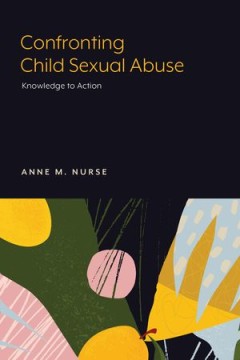
Confronting Child Sexual Abuse Knowledge to Action
Most people get information about child sexual abuse from media coverage, social movements, or conversations with family and friends. Confronting Child Sexual Abuse describes how these forces shape our views of victims and offenders, while also providing an in-depth look at prevention efforts and current research. Sociologist Anne Nurse has synthesized studies spanning the fields of psychology,…
- Edition
- -
- ISBN/ISSN
- 9781643150338
- Collation
- -
- Series Title
- -
- Call Number
- -
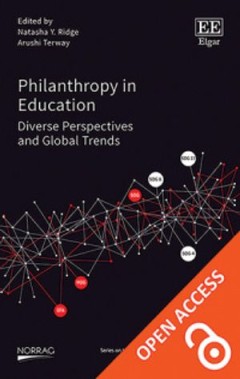
Philanthropy in Education Diverse Perspectives and Global Trends
Challenging commonly held perceptions of philanthropic organisations, this book brings together a range of interdisciplinary contributors from across the globe to explore the most pressing issues facing those working in and with philanthropy and education. It focuses on the increasing influence of new philanthropic actors on the global education sector, offering a thorough insight into the topic.
- Edition
- -
- ISBN/ISSN
- 9781789904123
- Collation
- -
- Series Title
- -
- Call Number
- -

Philanthropy in Education Diverse Perspectives and Global Trends
Challenging commonly held perceptions of philanthropic organisations, this book brings together a range of interdisciplinary contributors from across the globe to explore the most pressing issues facing those working in and with philanthropy and education. It focuses on the increasing influence of new philanthropic actors on the global education sector, offering a thorough insight into the topic.
- Edition
- -
- ISBN/ISSN
- 9781789904123
- Collation
- -
- Series Title
- -
- Call Number
- -

Signifying Europe
Signifying Europe provides a systematic overview of the wide range of symbols used to represent Europe and Europeanness, both by the political elite and the broader public. Through a critical interpretation of the meanings of the various symbols—and their often contradictory or ambiguous dimensions—Johan Fornäs uncovers illuminating insights into how Europe currently identifies itself and …
- Edition
- -
- ISBN/ISSN
- 9781841505213
- Collation
- -
- Series Title
- -
- Call Number
- -
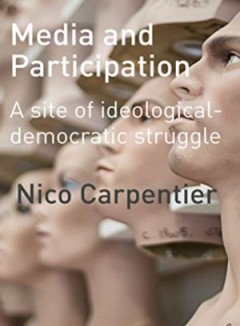
Media and Participation A site of ideological-democratic struggle
Participation has become fashionable again, but at the same time it has always played a crucial role in our contemporary societies, and it has been omnipresent in a surprisingly large number of societal fields. In the case of the media sphere, the present-day media conjuncture is now considered to be the most participatory ever, but media participation has had a long and intense history. To dea…
- Edition
- -
- ISBN/ISSN
- 9781841504070
- Collation
- -
- Series Title
- -
- Call Number
- -
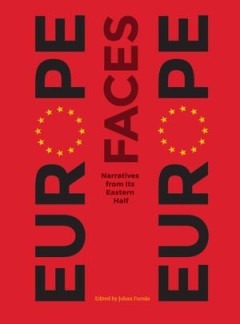
Europe Faces Europe Narratives from Its Eastern Half
Europe Faces Europe examines Eastern European perspectives on European identity. The contributors to this volume map narratives of Europe rooted in Eastern Europe, examining their relationship to philosophy, journalism, social movements, literary texts, visual art, and popular music. Moving the debate and research on European identity beyond the geographical power center, the essays explore how…
- Edition
- -
- ISBN/ISSN
- 9781783207510
- Collation
- -
- Series Title
- -
- Call Number
- -

Bodies Unburied Subversive Corpses and the Authority of the Dead
The human body is the locus of meaning, personhood, and our sense of the possibility of sanctity. The desecration of the human corpse is a matter of universal revulsion, taboo in virtually all human cultures. Not least for this reason, the unburied corpse quickly becomes a focal point of political salience, on the one hand seeming to express the contempt of state power toward the basic claims …
- Edition
- -
- ISBN/ISSN
- 9781943208111
- Collation
- -
- Series Title
- -
- Call Number
- -
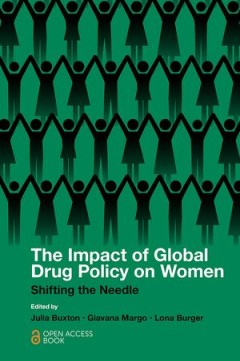
The Impact of Global Drug Policy on Women Shifting the Needle
The international strategy of criminalising the cultivation, manufacture, distribution and use of certain psychoactive substances has failed to achieve a ‘drug free world’. Examining the impact of drug criminalisation and enforcement on a previously overlooked demographic, this edited collection argues that women are negatively and disproportionately affected by this flawed policy approach.
- Edition
- -
- ISBN/ISSN
- 9781839828843
- Collation
- -
- Series Title
- -
- Call Number
- -
 Computer Science, Information & General Works
Computer Science, Information & General Works  Philosophy & Psychology
Philosophy & Psychology  Religion
Religion  Social Sciences
Social Sciences  Language
Language  Pure Science
Pure Science  Applied Sciences
Applied Sciences  Art & Recreation
Art & Recreation  Literature
Literature  History & Geography
History & Geography